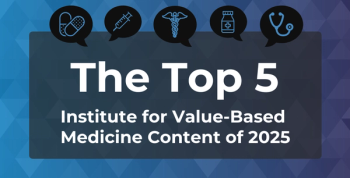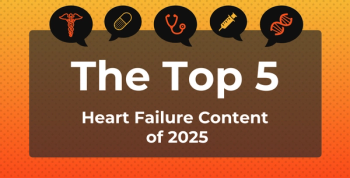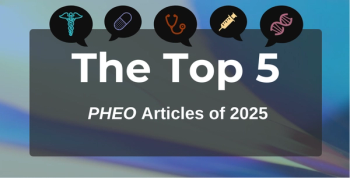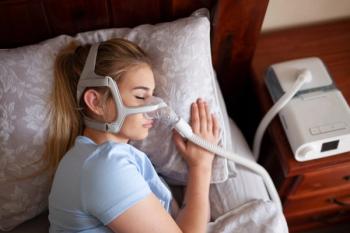
Distance From Clinics Drives Telehealth Abortion Requests Post Dobbs Decision
Key Takeaways
- TeleMAB requests doubled post-Dobbs, with higher demand among those far from clinics and seeking early pregnancy care.
- A study in 18 states showed increased teleMAB demand correlating with distance from abortion facilities.
Telehealth abortion requests doubled after the Dobbs decision, especially for those far from clinics or seeking care before 6 weeks of pregnancy.
Monthly
In a research letter published today in JAMA Network Open, investigators explained that geographic distance has become an increasingly critical determinant of abortion access post Dobbs decision. Specifically, as distance to a clinic increases, so do delays in care and the cost of accessing an abortion. Consequently, many patients are turning to teleMAB services, citing benefits such as lower costs and the elimination of travel.
Although the surge in teleMAB use is well documented, the researchers noted that it remains unclear how distance from a brick-and-mortar abortion clinic affects demand in states where abortion is still legally accessible post Dobbs decision. To address this gap, they conducted a repeated cross-sectional study examining Aid Access asynchronous teleMAB service requests before and after the Dobbs decision, stratified by distance to the nearest abortion facility.
To ensure comparability across jurisdictions and minimize legal and reporting variability, the study used data from 18 states where teleMAB was legal 8 months both before and after the Dobbs decision. The researchers calculated monthly teleMAB requests per county and determined the distance to the nearest abortion facility using population-weighted county centroids from the Myers Abortion Facility Database.
Patient records were matched to Housing and Urban Development US Postal Service zip code and county data. Using these data, the researchers analyzed trends in completed teleMAB requests over time. They applied Poisson models to estimate how the distance to the nearest brick-and-mortar abortion facility affected the number of county teleMAB requests per person in each county, considering changes over time.
Between November 2021 and February 2023, Aid Access completed 16,154 teleMAB requests across 743 counties in 18 states. Patients had a median (IQR) age of 26 years (22-31), with most being less than 6 weeks pregnant (n = 9557; 59.2%) and having no children (n = 9495; 58.8%).
Of these requests, 4545 occurred before the Dobbs decision and 11,609 occurred after. The average monthly teleMAB request rate rose across all counties post Dobbs decision: from 2.4 to 4.5 monthly requests per 100,000 women between the ages of 15 and 44 years.
The researchers noted that this rate, on average, increased the farther that women lived from brick-and-mortar facilities; the teleMAB request rate tended to be highest in counties located 100 miles or more from an abortion facility both before and after the Dobbs decision. Specifically, a 100-mile increase in distance was associated with a 13% increase in requests per capita before the Dobbs decision (95% CI, 7%-19%) and an 8% increase post Dobbs (95% CI, 3%-13%).
The researchers noted that these findings build upon results from their
Still, they expressed confidence in their findings, underscoring that they align with growing evidence that teleMAB is essential for those living far from in-person care and for the reduction of complications associated with delayed care.
“The loss of federal abortion protections has significantly disrupted access even in states with robust service provision,” the authors concluded. “Our results highlight the critical role of teleMAB in reducing geographic barriers to care and underscore the need to expand teleMAB access nationwide.”
References
- Willerford AK, Godfrey EM, Meyers C, Gomperts R, Thayer EK, Fiastro A. Distance to care and telehealth abortion demand after Dobbs. JAMA Netw Open. 2025;8(10):e2538212.doi:10.1001/jamanetworkopen.2025.38212
- Godfrey EM, Fiastro AE, Thayer EK, Gomperts R, Orlando SM, Myers CK. No-test telehealth medication abortion services provided by US-based clinicians in 21 states and the District of Columbia, 2020‒2022. Am J Public Health. 2025;115(2):221-231. doi:10.2105/AJPH.2024.307892
Newsletter
Stay ahead of policy, cost, and value—subscribe to AJMC for expert insights at the intersection of clinical care and health economics.







































